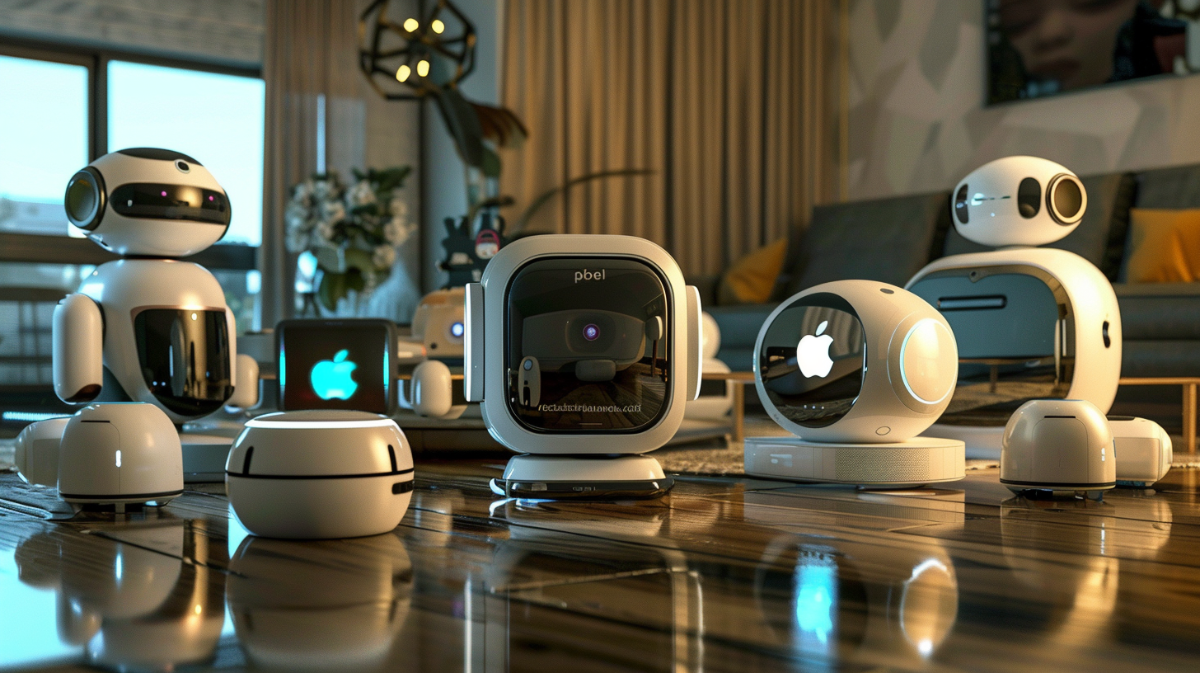Artificial Intelligence (AI) is no longer just a futuristic concept. In 2025, AI is actively shaping how we live, work, and interact. From smart assistants to personalized healthcare, AI is silently powering many of the tools and services we use daily — often without us even realizing it.
This post explores how AI is transforming daily life, making our routines smarter, faster, and more efficient.
🔹 1. Smarter Homes with AI
Voice-controlled assistants like Alexa, Siri, and Google Assistant have evolved into home managers. In 2025, AI-powered homes can:
-
Adjust lighting and temperature based on your habits
-
Detect unusual activity and alert homeowners
-
Automate grocery shopping through smart fridges
-
Suggest healthy meals based on dietary goals
These advancements are making homes more energy-efficient and user-friendly.
🔹 2. Personalized Healthcare
AI is revolutionizing healthcare by offering:
-
Early disease detection using AI-powered diagnostics
-
Personalized treatment plans based on patient data
-
Virtual health assistants that monitor your vitals
-
AI-enabled prosthetics and robotic surgery systems
Healthcare is becoming more predictive than reactive — saving lives and reducing costs.
🔹 3. Smarter Transportation
AI has brought huge changes to transportation:
-
Self-driving cars that reduce human error
-
Smart traffic systems that reduce congestion
-
AI-based logistics optimizing delivery routes
-
Predictive maintenance for safer travel
Whether you’re using ride-sharing apps or planning a long trip, AI is silently managing your journey.
🔹 4. AI in Education
In classrooms and online:
-
AI tutors adapt to students’ learning pace
-
Automatic grading systems save teachers’ time
-
AI helps detect learning difficulties early
-
Language learning apps give instant, personalized feedback
AI is making education accessible, engaging, and adaptive.
🔹 5. Enhanced Customer Experience
Businesses are using AI to offer:
-
Chatbots for 24/7 support
-
Personalized shopping suggestions
-
Voice recognition for faster service
-
Fraud detection in banking apps
Customers feel seen and understood — even when they’re not talking to a human.







